World-class art museums are dotted all over Japan. Most of them are in the major cities. However, if you’re an art lover looking to explore a world of creativity off the beaten path, these are the 7 must-visit art museums that are worth getting lost in for an hour or two (or more).
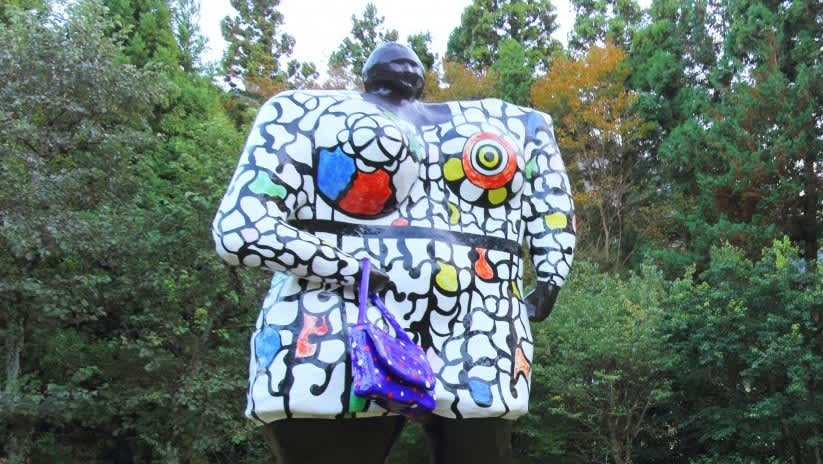
Hakone Open-Air Museum (Kanagawa Prefecture)
The open-air museum is located in the mountains of Hakone, covering an impressive 70,000m² filled with outdoor sculptures and exhibitions to explore.
Highlights
- The Symphonic Sculpture — a stained-glass masterpiece
- The Picasso Pavilion — a collection of 300+ works
- Unique seasonal backdrops all year round
Location
1121 Ninotaira, Hakone-machi, Ashigarashimo-gun, Kanagawa-ken.
The museum is walking distance from Chokoku-no-Mori Station on the Hakone Tozan Railway.
Main Attractions
100+works of art under the sun
There is a diverse collection of sculptures and installations spread across the grounds, created by both Japanese and international artists. An added beauty of the museum is that no matter what season you visit, the artworks will be set to beautiful backdrops. Towering over the garden, the Symphonic Sculpture offers an unbeatable view, allowing you to climb its stained-glass structure.
The Picasso Pavilion
Get up close and personal with the famous artist’s works including oil paintings, prints, sculptures and ceramics. Note: the whole collection isn’t on display all year round, so if you’re after a certain piece, be sure to check ahead if it’s there waiting for you!

Aomori Museum of Art (Aomori Prefecture)
Housed within a sleek building that is an exhibition piece in itself, the Aomori Museum of Art is host to famous works of art from near and far, many of which offer unique commentary on Aomori’s culture: past, present and future.
Location
185 Chikano, Yasuta, Aomori-shi, Aomori-ken
The museum is 10 minutes from JR Shin-Aomori Station by car/taxi, 30 minutes from Aomori Airport (car/taxi) and 20 minutes from JR Aomori Station by bus.
Main attractions
- Architecture by Jun Aoki
- Collection of works by Matisse, Rembrandt and Picasso
- The iconic ‘Aomori Dog’ statue
Architecture by Jun Aoki
The museum design was inspired by the nearby Sannai Maruyama Jomon Archaeological site (another highly recommended visit) and was located strategically to showcase the connection between the area’s history, art and culture. Be sure to take a stroll around the striking structure before you explore the underground exhibitions!
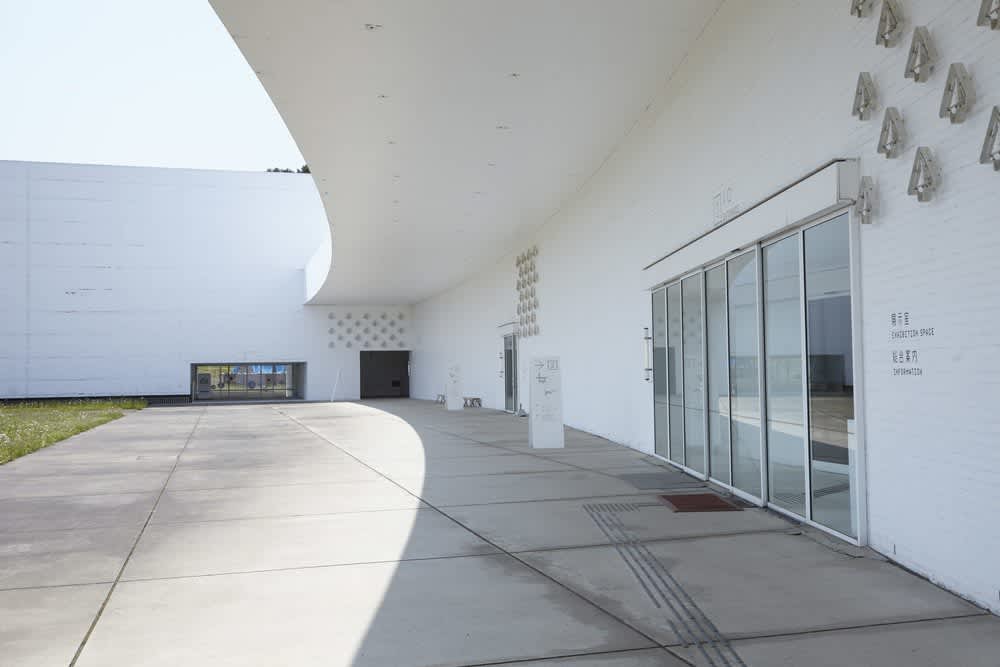
Aomori artists
The museum is home to unique pieces by local artists, many of who are internationally recognised. Artists include Yoshitomo Nara (creator of the 8.5m tall ‘Aomori Dog’); woodblock printer, Shiko Munakata; photographer and playwright, Shuji Terayama; and sculptor, Toru Narita.
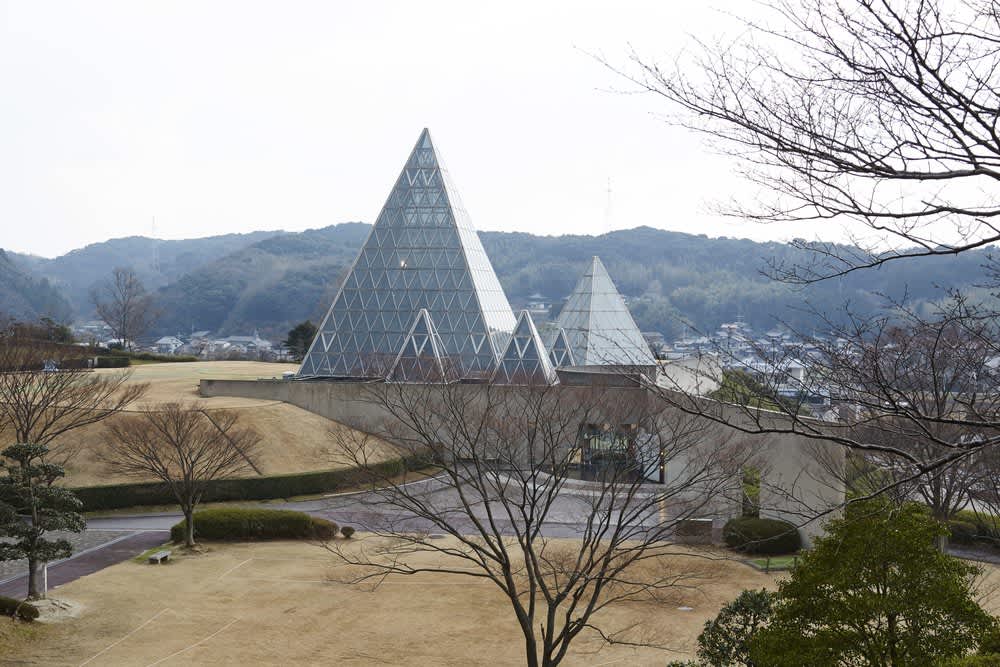
Nima Sand Museum (Shimane Prefecture)
Nima-born architect, Shin Takamatsu, drew inspiration from the sands of Kotogahama Beach to create the museum’s awe-inspiring glass pyramid structures.
Highlights
- The world’s biggest hourglass
- Hands-on glass art workshops
- The nearby Kotogahama Beach
Location
975 Amagouchi, Nima-cho, Oda-shi, Shimane-ken
The Nima Sand Museum is located in the coastal town of Nima, a 10-minute walk from JR Nima Station on the JR San’in Main Line. The closest city is Izumo (approximately 1 hour away by train).
Main attractions

The largest hourglass in the world
Towering 5.2m tall, the sand-filled hourglass is actually a yearglass! On the last day of every calendar year, the gigantic sand-timer is turned upside down to start trickling down one ton of fine sand through the millimetre-wide chamber.
A class in glass
The museum holds a handful of hands-on workshops, mostly relating to, you guessed it, glass!
Listen to the singing sands of Kotogahama
Listen to the fine white sands of Kotogahama Beach ‘sing’ as you walk on them, a natural phenomenon that you can only experience in a few other places on the planet.
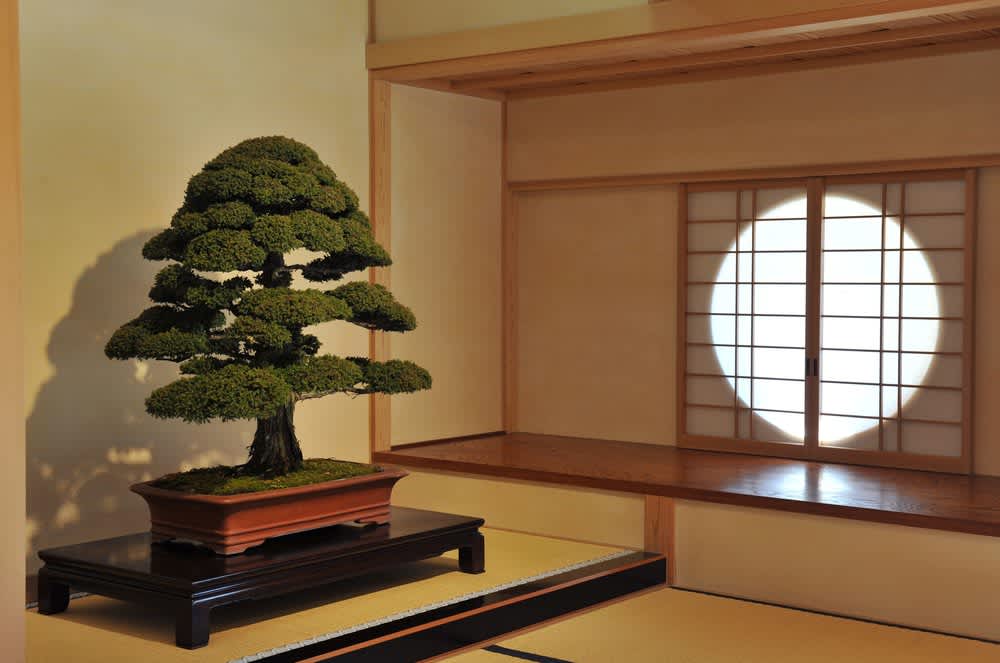
Omiya Bonsai Art Museum (Saitama Prefecture)
Highlights
- The world’s first museum devoted to Bonsai
- 120+ bonsai
- Seasonal exhibitions and bonsai-related workshops and events
Location
2-24-3 Toro-cho, Kita-ku, Saitama-shi, Saitama-ken
The museum is a 3 minute walk from Toro Station which is approximately 35 minutes from Tokyo Station on the JR Utsunomiya Line. Or a 10 minute walk from Omiya Koen Station, which is approximately 35-50 minutes from Shinjuku Station (Tokyo) or Tokyo Station via Omiya Station.
Main attractions
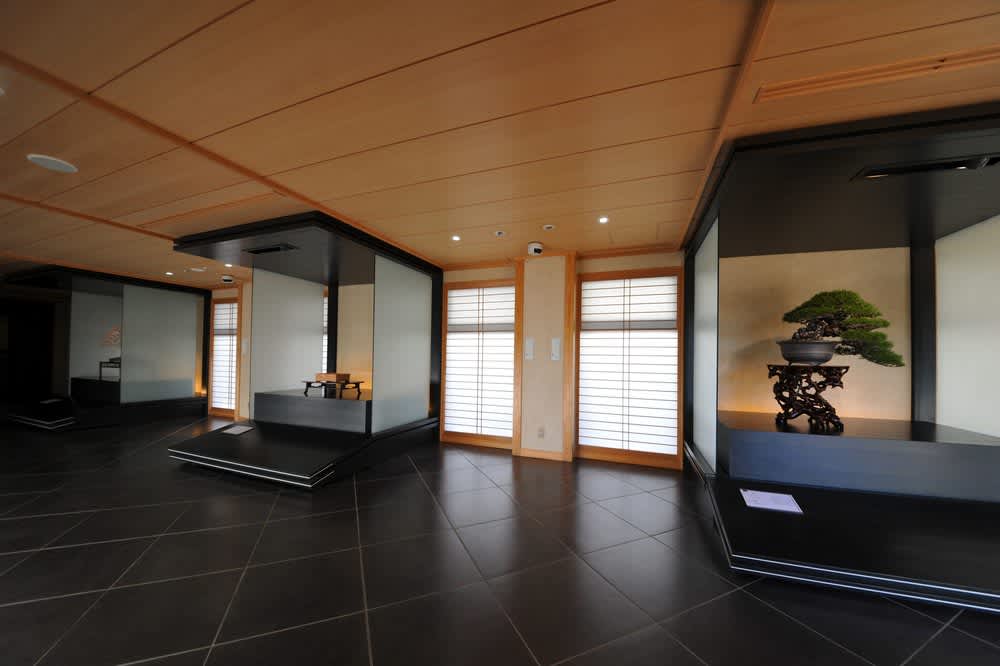
1000 year old living art
Drawing practitioners and fans from across the globe, the Omiya Bonsai Art Museum is located in ‘Omiya Bonsai Village’ (Saitama), and is home to over 120 bonsai trees, some of which are over 1,000 years old.
Celebrations always in bloom
Seasonal exhibitions are held throughout the year with hands-on workshops, fairs and festivals also run to celebrate the time-honoured tradition.
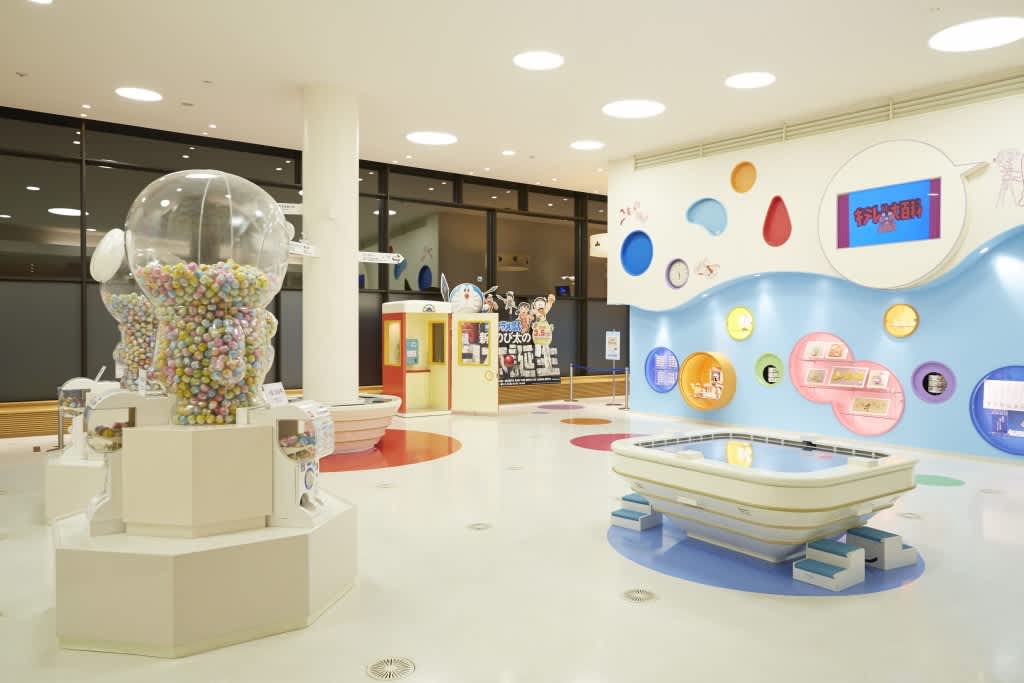
Fujiko F Fujio Museum (Kanagawa Prefecture)
An absolute must for anime addicts and manga maniacs — especially for those who grew up with the much-beloved robotic cat, Doraemon! Note: Museum tickets must be bought in advance at a Lawson convenience store from a Loppi electronic ticket machine. Tickets are not available at the door.
Highlights
- Enter a world dedicated to Doraemon and its creators
- ‘Free to read’ Doraemon manga library
Location
2-8-1 Nagao, Tama-ku, Kawasaki-shi, Kanagawa-ken
The museum is serviced by three rail stations: Noborito Station on the Odakyu Line (with shuttle buses running to the museum); Mukougaoka-Yuen Station, also on the Odakyu Line (16 mins on foot); and Shukugawara Station (15 mins on foot) on the JR Nambu Line. From Shinjuku (Tokyo) it’s around 15 mins by train and around 25 from Kawasaki.
Main attractions

Discover Doraemon’s origin story
Opened on Doraemon’s birthday (September 3) in 2011, the museum opens the Anywhere Door into the world of Doraemon and creators, Fujiko F Fujio (the legendary manga duo, Hiroshi Fujimoto and Moto Abiko). Exhibits include original sketches, tools and life-sized props.
Note: English audio guides are available so you can soak up the nostalgia at your own speed.
Manga library
After your tour, you can grab a bite at the cafe and sit down at the Doraemon manga library where you can flick through authentic comics to your heart’s content.
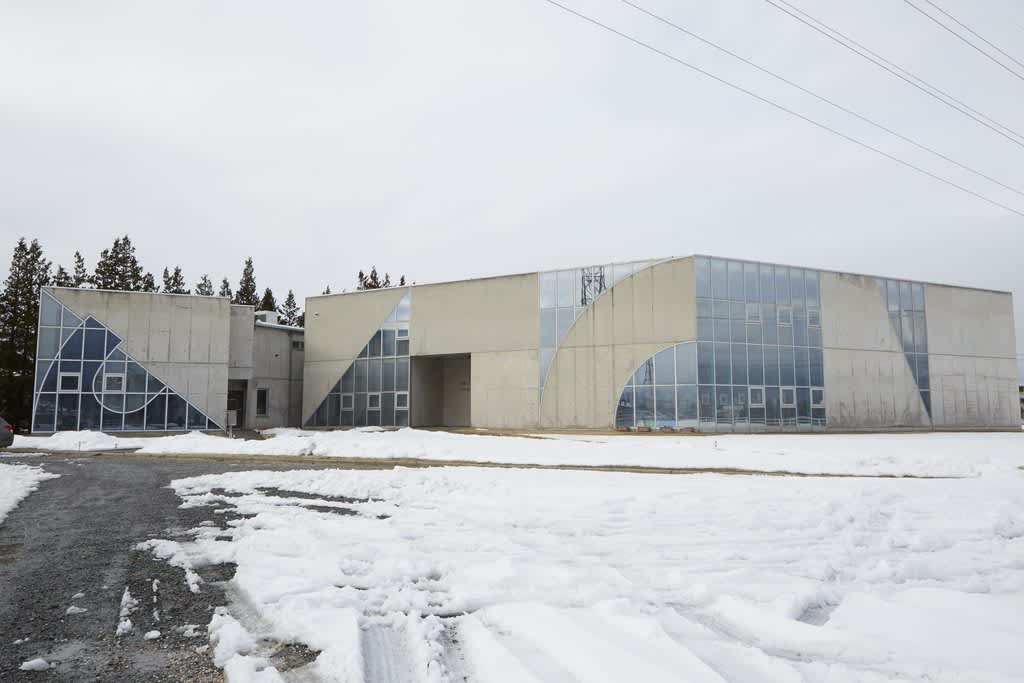
Japan Ukiyo-e Museum (Nagano Prefecture)
The Japan Ukiyo-e Museum is the largest private collection of Ukiyo-e (Japanese woodblock prints and paintings).
Highlights
- 100,000+ piece private collection
- Works from Ukiyo-e masters; Hokusai and Hiroshige
Location
2206-1 Koshiba Shimadachi, Matsumoto-shi, Nagano-ken
The museum is a 10 minute walk from Oniwa Station (Matsumoto) via the Matsumoto Denkitetsudo Line.
Main attractions
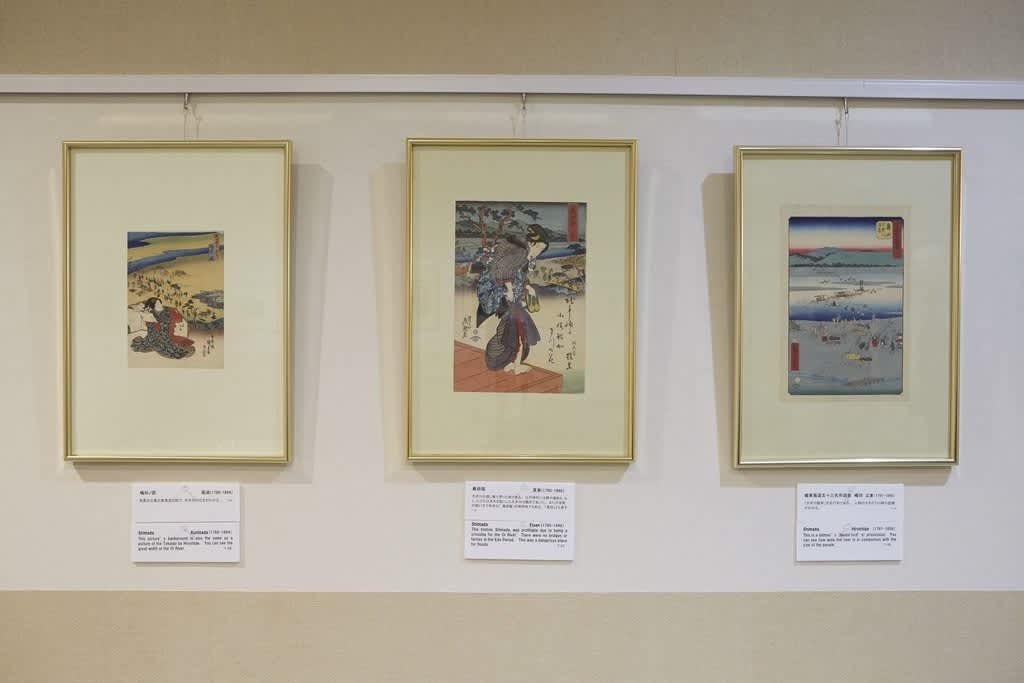
The world’s largest private collection
A genre of woodblock printing and painting that was popular between the late 17th and 19th century, Ukiyo-e translates to “pictures from the floating world”. The Japan Ukiyoe Museum showcases over 100,000 privately-owned pieces including prints, painted screens, scrolls and more.
Meet the masters
You know the iconic ‘The Great Wave’ print? That is one of many classics created by Ukiyo-e master, Katsushika Hokusai (who has a whole museum dedicated to his works). Although not exhibited here, there are other treasures on show by both Hokusai and Hiroshige, two names synonymous with the craft.

Itchiku Kubota Art Museum (Yamanashi Prefecture)
Textile master, Itchiku Kubota, single handedly revived and modernised an ancient kimono-dying technique called tsujigahana (similar to tie-dying). The museum pays homage to his craft, with a kimono collection unmatched in Japan.
Highlights
- One-of-a-kind kimono by master, Itchiku Kubota
- A museum set in an idyllic garden
- A traditional tea room with a view
Location
2255 Kawaguchi, Fujikawaguchiko-machi, Minamitsuru-gun, Yamanashi-ken
The nearest station is Kawaguchiko Station on the Fujikyu Railway. From JR Shinjuku Station (Tokyo) to Kawaguchiko it’s approximately 2 hours by train with a transfer at Otsuki.
Alternatively, by Express Bus, the museum is 100 mins from Shinjuku Station Expressway Bus Terminal to Kawaguchi Station.
From Kawaguchiko Station, take a 10-minute taxi or take the ‘Retro Bus’ for 25 minutes to the museum.
Main attractions

Unparalleled collection
More than 100 kimono are on permanent display, but only a quarter of them are exhibited at any one time. The collection’s highlight is ‘The Symphony of Light’; a collection of 80 kimono representing the four seasons.
Serene setting
The Itchiku Kubota Art Museum is nestled in a pristine garden, which only adds to the beauty and mystery when you enter the grounds. The main building is constructed out of Okinawan coral and limestone providing a unique backdrop to the vibrantly-detailed kimono.
A moment of rest and reflection
Take pause with a cup of matcha tea in the traditional tea room, formally the artist’s workroom. The site has astonishing views of Lake Kawaguchi, Mt. Fuji and the garden surrounds.




























































